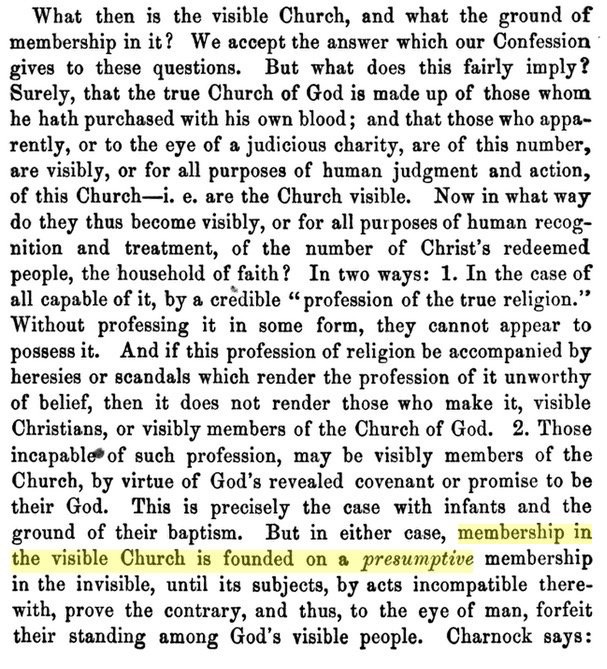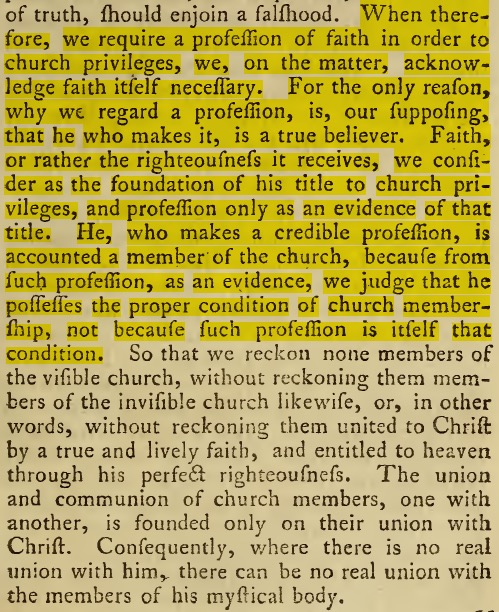24
Mar
2015
In
By Brandon Adams
What Covenant did Christ fulfill?
On 24, Mar 2015 | In | By Brandon Adams
The law of God (moral law) itself is not a covenant of works. It is the standard for all image bearers (servants), but there is no reward offered for obedience (Luke 17:7-10). Because it is the standard of all image bearers, it is included in every covenant that God makes with men. However, the role the law plays is determined by the particular covenant stipulations.
In the Adamic Covenant, God adds the promise of eternal rest for Adam’s obedience, turning the law into a covenant of works (Rom 4:4, LBCF 7.1, 19.6).
The Old Covenant also contained the moral law, as all covenants do. Its terms were similar to the Adamic Covenant, but different. It gave the law as a covenant of works (Rom 4:4, Lev 18:5) but the reward was temporal life and blessing in Canaan. In this sense, it served as a reminder of the Adamic Covenant of Works, but it was not itself the Adamic Covenant of Works.
The New Covenant is the outworking of the Covenant of Redemption in time, and thus it is Christ’s Covenant of Works. The moral law was part of this covenant as well. It was given to Christ as a covenant of works, along with the added stipulation of bearing the wrath of his people, with the promised reward being a heavenly inheritance and a people (John 6:38, etc).
In that way we can clearly articulate what reward is in question and how typology relates.
We can also see that as Christians are still image bearers, we are still obligated to obey the moral law, but not as a covenant of works (LBCF 19.6). When Paul speaks of not being under the law but under grace he is referring to the law as a covenant of works, from which we are freed by the life and death of Christ for us.
For more, see Republication, the Mosaic Covenant, and Eternal Life
[Link to this answer]



